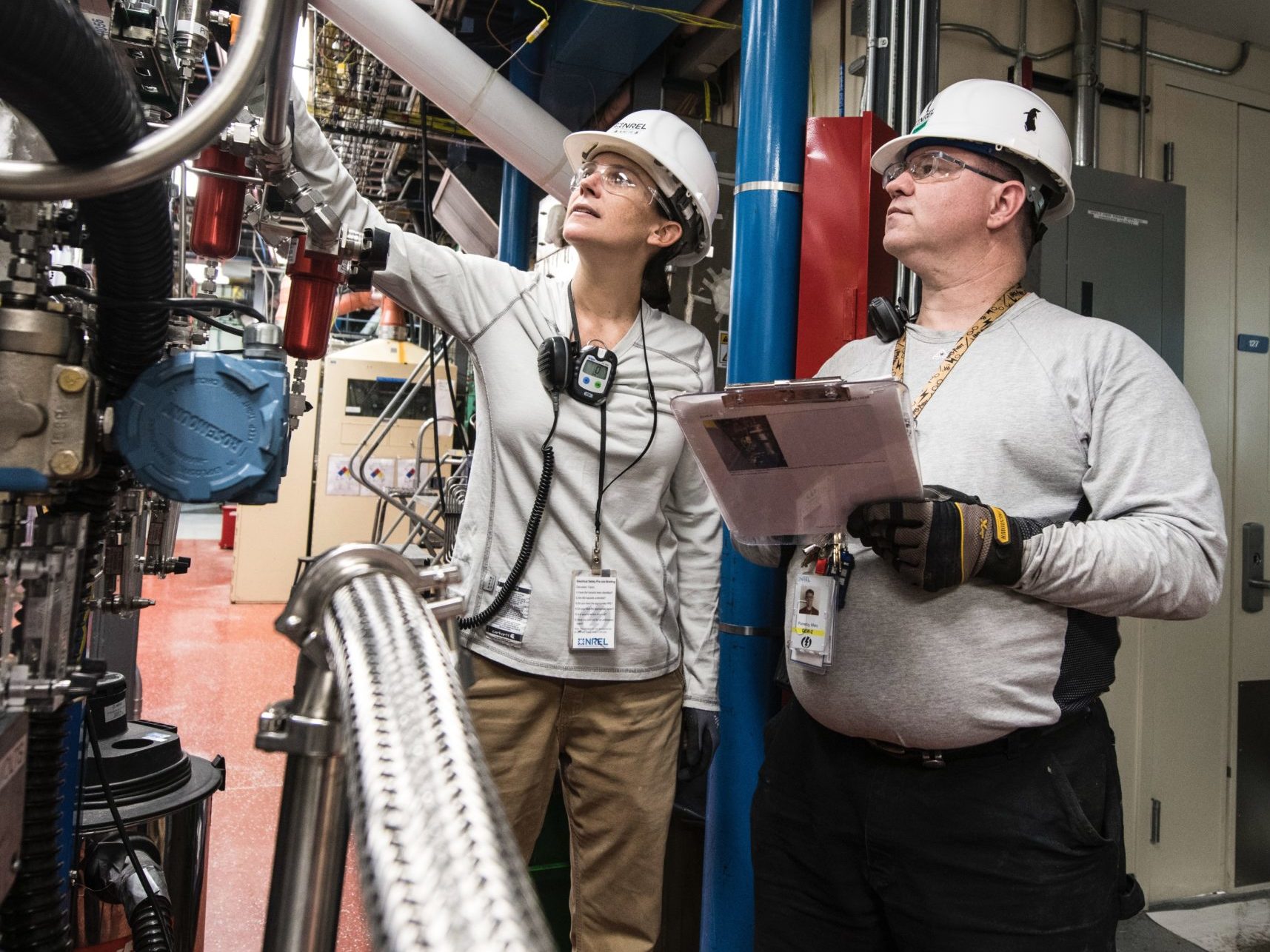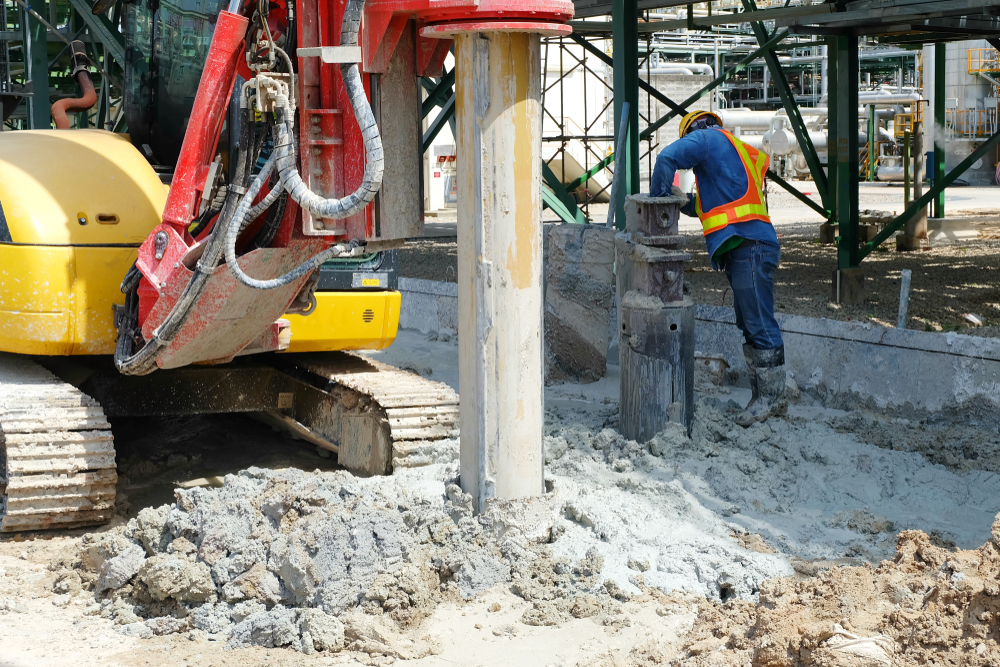Important Skills for Growing in the Geotechnical Industry Today
Important Skills for Growing in the Geotechnical Industry Today
Blog Article
The Important Contributions of Geotechnical Engineers in Evaluating Soil Behavior and Foundation Style for Lasting Facilities Advancement
Geotechnical engineers work as a keystone in the world of sustainable infrastructure development, where their proficiency in assessing soil habits straight affects the security and durability of structures. By using innovative techniques such as Common Penetration Tests and Cone Penetration Testing, they diligently examine soil properties, resulting in educated decisions on foundation style. These assessments not only reduce risks connected with differential settlement yet likewise lead the way for innovative, eco mindful practices. As we discover the crucial role they play, the implications of their payments increase crucial concerns regarding the future of framework resilience and sustainability.
Role of Geotechnical Designers

Along with website investigations, geotechnical designers examine prospective dangers such as dirt liquefaction, incline stability, and groundwater problems. They use advanced design principles to create solutions that minimize these dangers, making certain that designs abide by relevant codes and standards. Their job commonly entails partnership with various other design self-controls, designers, and ecological researchers to develop incorporated techniques to infrastructure growth.
Additionally, geotechnical designers add to lasting methods by promoting using materials and techniques that lessen environmental influence. Through their thorough understanding of soil technicians and geology, they play an essential role in fostering secure, resistant, and lasting facilities that meets the demands of culture while securing the environment.
Dirt Behavior Assessment Strategies
Understanding soil actions is fundamental to notified decision-making in geotechnical design, as it straight affects the layout and building and construction procedures. Different evaluation methods are employed to examine soil residential properties, ensuring accurate forecasts of its efficiency under different loading problems.
One primary technique is the Basic Infiltration Test (SPT), which provides understandings into soil density and consistency via the resistance come across throughout infiltration. Cone Penetration Screening (CPT) uses a continual account of dirt stratification and in-situ strength specifications, allowing a much more comprehensive understanding of subsurface conditions.
Lab examinations, such as Atterberg limitations, unconfined compressive stamina, and triaxial tests, are vital for characterizing soil actions under controlled conditions. These tests promote the resolution of important criteria, including shear strength, compressibility, and leaks in the structure.

Structure Style Concepts
Foundation style concepts are important for ensuring the security and durability of structures, as they determine just how loads are transmitted from the superstructure to the underlying soil. These principles encompass various considerations, consisting of load-bearing capability, negotiation, and side security. An extensive understanding of soil technicians is crucial for geotechnical designers to review the communication in between the structure and the soil.
One trick concept is the proper option of foundation type, which might include superficial structures, such as spread grounds, or deep foundations, like caissons or piles, depending on soil problems and structural loads - geotech engineer. The foundation must be designed to lessen differential negotiation, which can cause architectural damage

Lasting Facilities Practices
Exactly how can we efficiently integrate sustainability right into infrastructure practices? To attain this, it is necessary to embrace an alternative method that emphasizes the partnership between geotechnical engineering and environmental stewardship. Sustainable framework practices start with detailed site evaluations, which review dirt actions, local ecological communities, and source accessibility. By comprehending these elements, engineers can create designs that lessen ecological impact while enhancing material use.
Furthermore, employing ingenious construction strategies, such as using recycled materials and low-impact structures, substantially lowers the carbon footprint of facilities jobs. Geotechnical engineers play a crucial duty in selecting proper materials that boost sturdiness and sustainability, such as using geo-synthetics to boost soil security and reduce disintegration.
In enhancement, sustainable infrastructure practices need ongoing tracking and upkeep to ensure that frameworks remain resilient over time. Eventually, these methods not just contribute to the longevity of structures yet also promote a healthier setting, straightening framework development with broader sustainability objectives.
Study and Applications
Study in geotechnical design supply important insights right into the functional applications of soil behavior and lasting facilities methods. One notable example is the building of the Burj Khalifa in Dubai, where considerable soil screening and analysis were carried out to assess the one-of-a-kind obstacles postured by the area's loose sand and high water table. Geotechnical engineers used advanced methods such as dynamic probing and cone infiltration screening to establish the dirt's load-bearing capacity, ultimately leading to the style of a deep foundation system that sustains this legendary structure.
Another critical situation is the remediation of the San Francisco-Oakland Bay Bridge after the 1989 Loma Prieta quake. Geotechnical assessments revealed the requirement for dirt stablizing techniques, consisting of grouting and dirt nailing, to boost the seismic strength of the structure. These treatments not only boosted the bridge's safety but additionally added to its longevity and sustainability.
Such instance research studies exhibit exactly how geotechnical engineers play a crucial function in recognizing dirt habits and using innovative options to ensure the architectural stability and sustainability of framework projects. geo tech engineering. Their competence is vital in resolving the complicated challenges positioned by numerous soil problems across varied geographical areas
Final Thought
In conclusion, the payments of geotechnical engineers are essential for the evaluation from this source of dirt behavior and the style of structures, which are necessary for lasting infrastructure development. Via the application of innovative testing methods and cutting-edge materials, these professionals make certain the security and safety of frameworks while reducing environmental effects. The combination of sustainable methods advertises strength in framework jobs, highlighting the significance of collaboration among stakeholders to attain efficient construction services that meet both social and ecological requirements.
Geotechnical engineers offer as a foundation in the realm of sustainable infrastructure development, where their experience in evaluating soil habits directly influences the security and durability of frameworks.Geotechnical engineers play a critical duty in the layout and construction of framework by analyzing dirt and rock actions to make sure stability and safety. A detailed understanding of soil auto mechanics is essential for geotechnical engineers to review the interaction in between the structure and the dirt.
Geotechnical assessments revealed the demand for dirt stabilization techniques, consisting of grouting and dirt nailing, to boost the seismic strength of the foundation.In final thought, the payments of geotechnical designers are crucial for the evaluation of soil actions and the layout of foundations, which are click for info important for sustainable facilities development.
Report this page